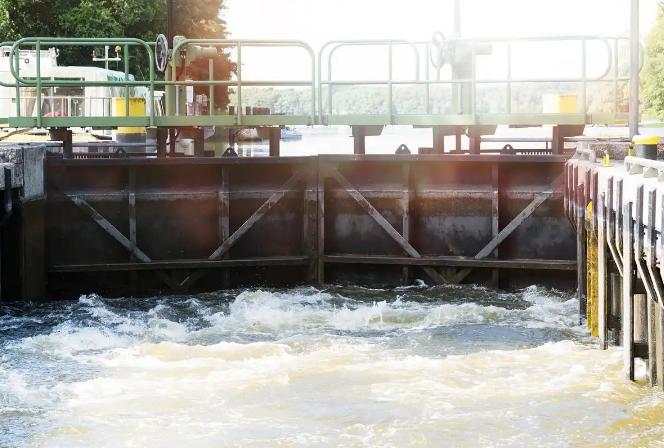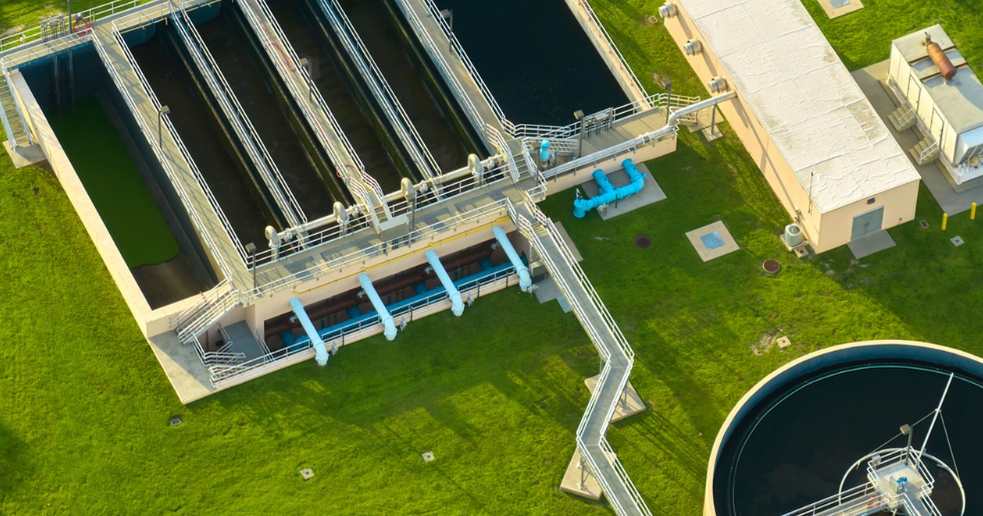Printing and dyeing wastewater refers to the wastewater discharged during the pretreatment, dyeing, printing, and finishing processes of textile products such as cotton, wool, and chemical fibers. Its composition is complex, mainly consisting of aromatic hydrocarbons and heterocyclic compounds as the parent structures, with chromophoric groups and polar groups attached. These organic molecules are characterized by high concentration, abundance of refractory substances, high chromaticity, high toxicity, and large variations in water quality, making it a type of refractory wastewater.
The decolorization of printing and dyeing wastewater is a complex treatment process, and it is necessary to select appropriate chemicals according to the specific conditions of the wastewater. The color of printing and dyeing wastewater can be removed by a variety of decolorizing agents, including oxidation-type decolorizing agents for printing and dyeing wastewater, adsorption-type decolorizing agents for printing and dyeing wastewater, and flocculation-type decolorizing agents for printing and dyeing wastewater.
Oxidation-type decolorizing agents for printing and dyeing wastewater, such as sodium hypochlorite, hydrogen peroxide, sodium percarbonate, sodium persulfate, etc., can remove the chromaticity and suspended solids in printing and dyeing wastewater, and at the same time reduce part of the COD.

Adsorption-type decolorizing agents for printing and dyeing wastewater, such as activated carbon, bentonite, zeolite, etc., through the adsorption effect, adsorb the suspended solids and chromaticity in the wastewater on the surface of the solid to achieve the purpose of removal. Flocculation-type decolorizing agents for printing and dyeing wastewater, such as dicyandiamide-formaldehyde resin decolorizing agents, Runqun decolorizing agents, polyamine decolorizing agents, etc. Flocculation-type decolorizing agents are a common type of decolorizing chemicals for printing and dyeing wastewater. They coagulate the suspended solids and chromaticity in the wastewater into large particles through chemical reactions, thus achieving the purpose of removal. The advantages of this kind of chemical are that the dosage is small, there is no residual metal ions, the problem of water body pollution can be solved at one time through the separation of sludge and water, there is no secondary pollution, and the dosing process is simple and highly applicable.











